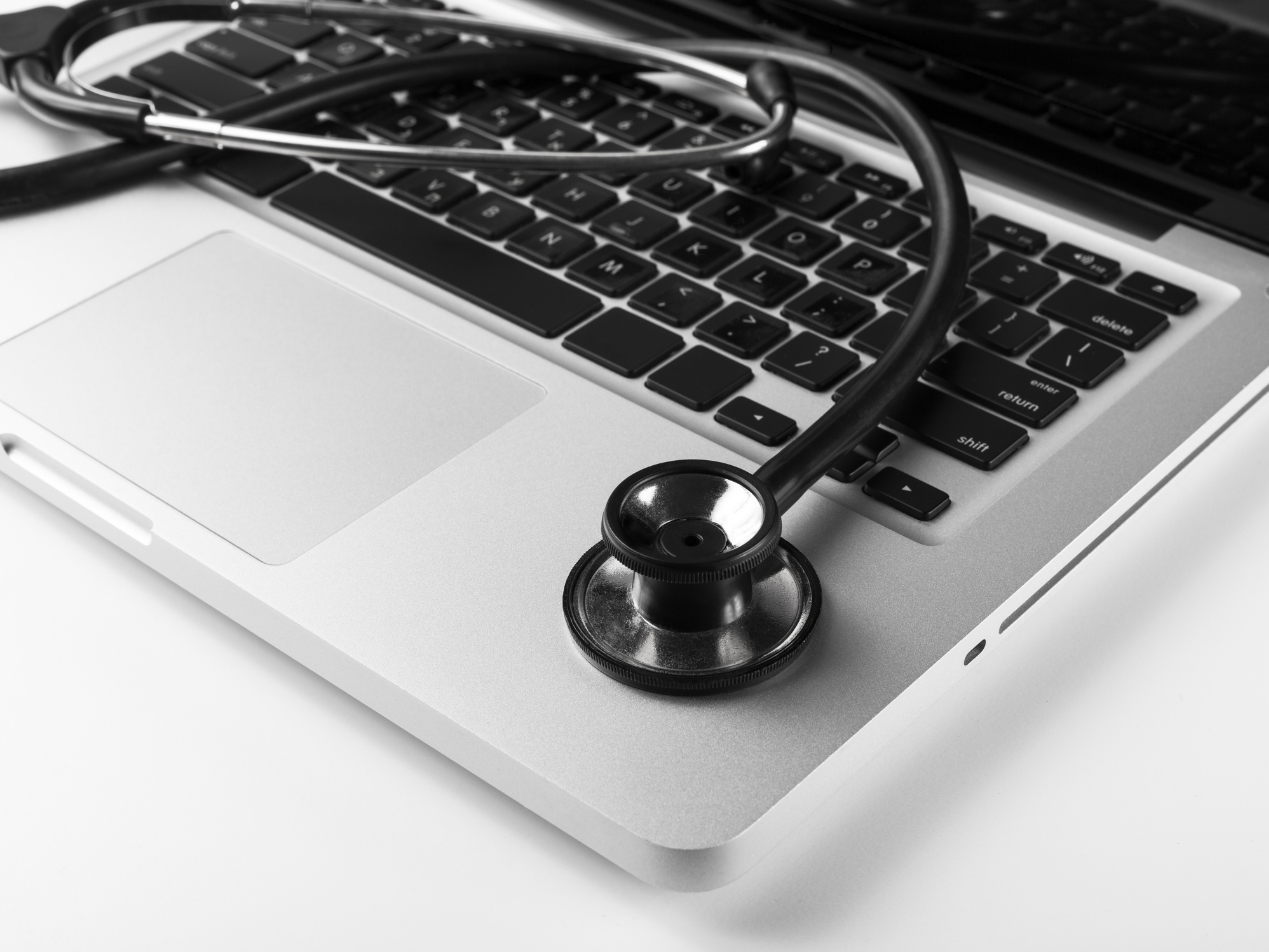4 min read
Why HIPAA compliant emails have the edge over patient portals
Caitlin Anthoney May 15, 2024

Providers and patients prefer HIPAA complaint emails over patient portals because they are familiar, easy to use, accessible, flexible, and integrate with existing systems while maintaining patient privacy.
What are patient portals?
HealthIt defines a patient portal as “a secure online website that gives patients convenient, 24-hour access to personal health information from anywhere with an Internet connection. Using a secure username and password, patients can view health information such as:
- Recent doctor visits
- Discharge summaries
- Medications
- Immunizations
- Allergies
- Lab results”
Limitations of patient portals
Complexity
Portals often lack integration between different systems, as seen in the University of Minnesota Boynton Clinic’s MyBoynton patient portal and the RxLocal refill systems. This lack of integration can lead to inefficiencies and frustrations for patients and healthcare providers.
More specifically, “The absence of a built-in link in the patient portal to the refill website can create inconvenience for users, as they would have to download the app on their mobile phone or search the website separately.”
Patient portals also require patients to “register a separate account and enter their personal information again” for different portals, which can be time-consuming and frustrating for patients who have multiple healthcare providers and need to access different portals for each one. Additionally, having multiple accounts increases the risk of forgetting login information and “potentially compromising patient privacy and leading to negative consequences for both patients and healthcare providers.”
Limited accessibility
Patient portals require patients to create and manage accounts, which may pose barriers for certain demographics. A recent study on billing for electronic patient-physician communication states “As health care institutions grapple with the growing demands of e-communication, the differential adoption of technology among various patient populations may give rise to disparities in care.”
This is especially true among older individuals without internet access or from lower socioeconomic areas. These disparities can lead to unequal access to healthcare resources and information, ultimately affecting the quality of care received.
Low engagement rates and usability issues
Despite efforts to promote patient engagement through portals, usage rates vary, with some patients failing to engage consistently. More specifically, lack of engagement can be due to usability issues. In a study on patient portal engagement, many patients complained about the incapability to print information, stating “not enough information to print from this app.”
Similarly, a qualitative study on adult patients’ experiences of using a patient portal states “a quarter of [participants] shared difficulties they experienced while using those functions, including not getting eMessage responses timely and difficulty finding information in the portal.”
So, patient portals may not be as user-friendly as they are often portrayed, leading to lower user engagement rates.
Go deeper: Why patient portals are inconvenient: An evidence-based perspective
Why HIPAA compliant emails are better
Familiarity and ease of use
Most individuals are familiar with emails, making HIPAA compliant emails a convenient and user-friendly option. Patients are more likely to engage with healthcare providers via email due to its widespread adoption and simplicity. A mixed method study on the use of information and communication technology among patients found that among older patients with lower incomes, and who report very low levels of technology use, “Participants perceived the process of setting up any new service (e.g., patient portal, telehealth, and health apps) to be complex.”
Yet, “half (46.6%) accessed e-mail at least weekly, 58.3% texted at least weekly…”, suggesting that email is a familiar and comfortable tool that can be tailored to different patient backgrounds, without adding unnecessary complexity or alienating marginalized populations.
In addition, research on decentralized research technology use in multicenter clinical research studies based at U.S. academic research centers found that clinical trial participants are also more frequently recruited through texting/emailing (53%) than “online recruitment portals (11%)…direct-to-patient portals (2%) and home health nurse portals (2%).”
Overall, the convenience and simplicity of emails make it an effective tool for engaging patients in healthcare communication. Additionally, emails allow researchers to send information and updates to many individuals simultaneously, saving time and resources.
Accessibility
Providers can use a HIPAA compliant platform, like Paubox, to reach patients directly through their existing email accounts, eliminating additional login details that patients should remember. Providers can also tailor HIPAA complaint emails to those with limited technological literacy or disabilities.
For example, in the study on patient portal engagement mentioned earlier, “…one review said that ‘my health issue makes cell-phone unaccessible and I prefer access through my smartwatch.’” So, providers can use HIPAA compliant emails, which can be read on a smartwatch, to accommodate patients with specific accessibility needs or preferences, ensuring that health information is easily accessible to all individuals.
The same study on patient portals also stated “Many reviews criticized the nonadjustable font size, unreadable color contrast…” However, HIPAA compliant emails address these issues by offering customizable font sizes and color contrast options to improve the accessibility and usability of patient health information.
Flexibility
Patient portals often require the integration of APIs to facilitate communication, which can be complex and resource-intensive, requiring significant development and maintenance efforts.
On the other hand, HIPAA compliant emails operate within existing email infrastructure, eliminating additional APIs. Healthcare providers can communicate with patients directly through their email accounts, using standard email protocols such as SMTP (Simple Mail Transfer Protocol) and IMAP (Internet Message Access Protocol), ultimately streamlining communication and reducing IT resources.
More specifically, providers can email timely responses to patient inquiries, and send appointment reminders and test results, within one platform allowing for a fluid patient-provider interaction.
Integration with existing systems
Providers can integrate HIPAA compliant email systems, like Paubox, with their existing electronic health record (EHR) systems, safeguarding protected health information (PHI) and maintaining HIPAA compliance. This integration streamlines communication processes, reducing administrative burden and enhancing workflow efficiency.
FAQs
Do HIPAA compliant emails require special training for users?
No, HIPAA compliant emails leverage standard email protocols, like SMTP (Simple Mail Transfer Protocol) and TLS (Transport Layer Security), making them intuitive and familiar for users.
However, provider organizations should offer brief training sessions to ensure users understand best practices for handling sensitive information, like PHI, and adhering to HIPAA regulations.
Are there any integration requirements for HIPAA compliant emails?
No, HIPAA compliant emailing platforms, like Paubox, operate within existing email infrastructures like Gmail, where patient portals may require complex API integrations to connect different systems.
How do HIPAA compliant emails ensure security?
HIPAA compliant emails encrypt messages, while in transit and at rest, preventing unauthorized access. Additionally, access controls restrict access to PHI (protected health information) within the email system, ensuring that only authorized individuals can view or transmit sensitive information.
Subscribe to Paubox Weekly
Every Friday we'll bring you the most important news from Paubox. Our aim is to make you smarter, faster.




